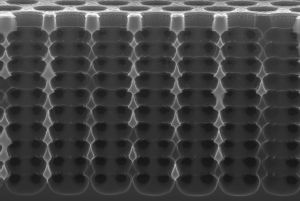Classical computers can be optimized but Quantum computers will get faster
In 2008, Scott Aaronson said Even if D-Wave managed to build (say) a coherent 1,024-qubit machine satisfying all of its design specs, it’s not obvious it would outperform a classical computer on any problem of practical interest. This is true both because of the inherent limitations of the adiabatic algorithm, and because of specific concerns …







